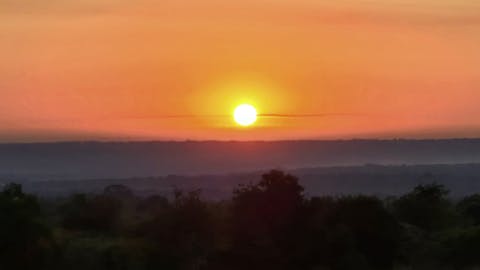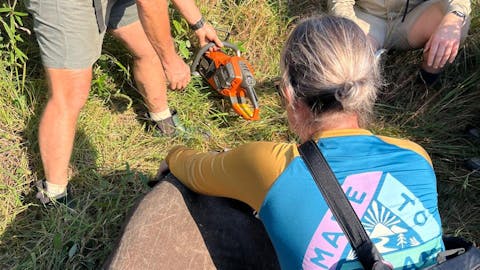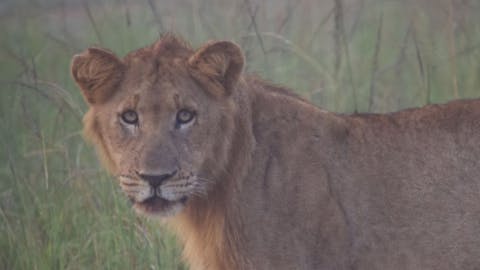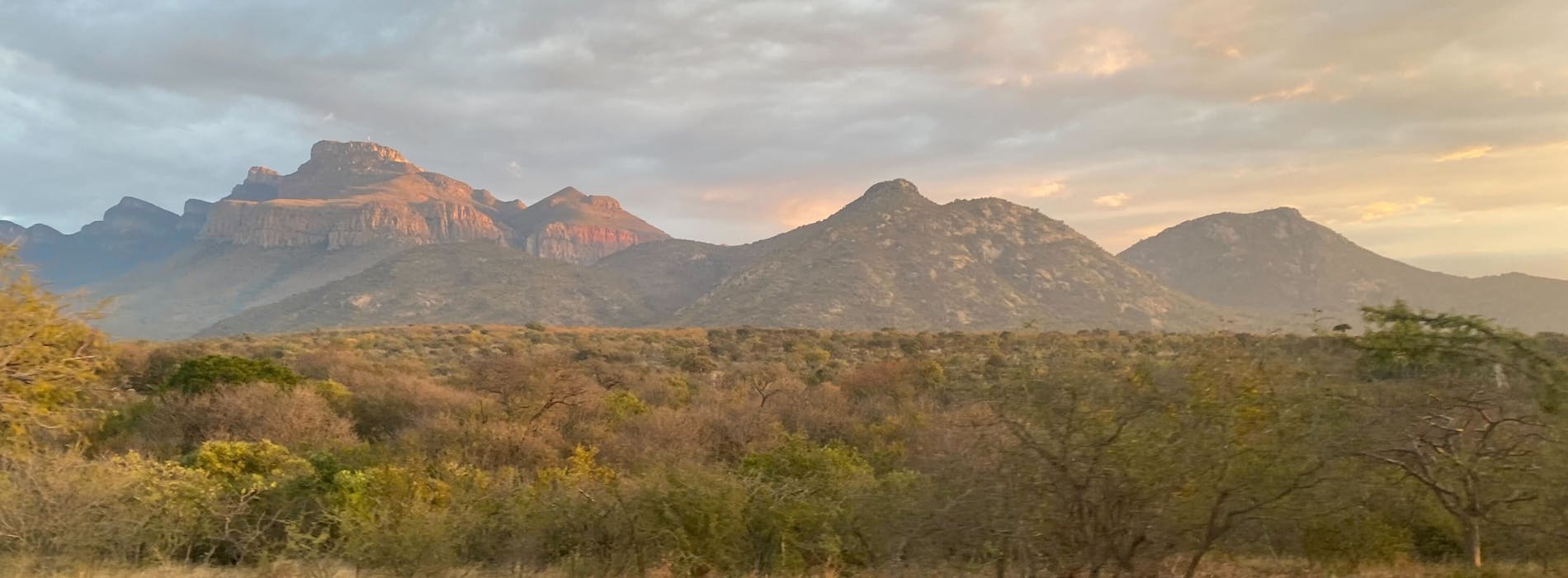
My journey with African Conservation Experience (ACE) has truly been an incredible experience. It was difficult knowing my adventure in South Africa was coming to an end, I just wanted to keep exploring more and more.
From the minute I landed, all the way to the end of my trip, the ACE team was fantastic.
They were there to greet you and provided a great introduction on what to expect while you were in South Africa. When it was time to go home, they were there at the airport for one last check-in and to wave me goodbye.
I volunteered at two very different projects, one of which was the Moholoholo Wildlife Rehabilitation Centre. Moholoholo is dedicated to caring for sick and injured animals, giving them a second chance at life, and increasing the likelihood that injured animals can be released back into the bush. They also provide long-term residence and care for certain predators such as lions and African wild dogs, who, for various reasons, cannot be released back into their natural habitats. Lots of hard work is put into providing comfort and mental enrichment for these long-term residents.
The centre is packed with intriguing personalities and is always full of noise.
There are the family of honey badgers, a stunning caracal, and a beautiful lion - if you woke up at 5:00am, you could go and listen to him roar, which is quite special to do in the dark.
Then there are the vultures, the whistling raptors, and a southern ground hornbill whose rhythmic hooting call sounds like a heartbeat pounding around the centre. Our accommodation was based at Moholoholo itself, and I especially loved staying so close to the resident hyenas - waking up to their howling is quite beautiful, and they are truly captivating creatures.
There are countless moments to reflect upon. Listening to the staff share their stories was very enlightening and provided great insight into the rehabilitation journey. We got to learn about past success stories at the centre, as well as the challenges faced by the team whilst striving to save wildlife. The physical work was tiring at times, and you have to be adaptable and willing to get stuck in, but having the chance to feed and care for these animals and assist in the upkeep of the centre was truly rewarding and worth every second.
Moholoholo also has a surrounding reserve where they release some of the animals that have been rehabilitated. As a wildlife artist, it was particularly special to observe some of my favourite animals in their natural habitat and capture my own reference photographs to aid in painting these magnificent predators.
The welfare of the animals always takes precedence, and the Moholoholo team works tirelessly to support the animals in their care.
I deeply admire the team’s dedication to the work, from medical care to food preparation, to minimising human contact in order to facilitate the eventual release of some of the animals. The centre also promotes community engagement and education, raising awareness amongst locals and visitors who come to learn more about wildlife conservation. It was an absolute privilege to play a small role at the centre and care for these animals during my time here.



After my time at Moholoholo, I travelled to Phinda Wildlife Research Project. Phinda is a massive Big 5 reserve, and here I assisted the permanent research team with monitoring wildlife out in the bush. I had truly remarkable experiences, ranging from tracking animals to having close encounters, and even participating in game capture.
When I arrived, I was greeted with heavy rain and wet conditions, but this didn’t stop us! In fact, the wet weather made for an even more unique experience. We spotted a crocodile in an unexpected place, hippos were more mobile than usual, and we had several leopard sightings. I even experienced a lightning storm!
I was constantly amazed by the wildlife encounters that we had, and also surprised myself by how quickly I adapted to being out in the bush.
Each day we were guided by an experienced and passionate ecological monitor, who taught me how to identify different species and provided wonderful insights into the intricacies of managing a wildlife reserve. I gained a wealth of knowledge and learnt how various social, physical, political, and environmental factors influence the interactions between different animal populations, and affect wider conservation efforts. I also learned so many interesting things about individual species, for example, the differences between elephants that live in herds versus solitary elephant bulls.
Not only did I gain real, valuable insights into the ongoing protection of endangered species, but I also got to help! I assisted with a rhino horn trimming, an action-packed procedure which is done to safeguard against poaching. I also recorded a sighting of a pangolin, the most trafficked mammal in the world. These were truly special moments!
One undeniable fact is that you will fall in love with the animals of South Africa. Now that I’m back home in Scotland, it feels odd looking out at the countryside and not being in the thick of the bush, where I could encounter lions or elephants at any moment!
I look forward to returning to South Africa for more adventures!



